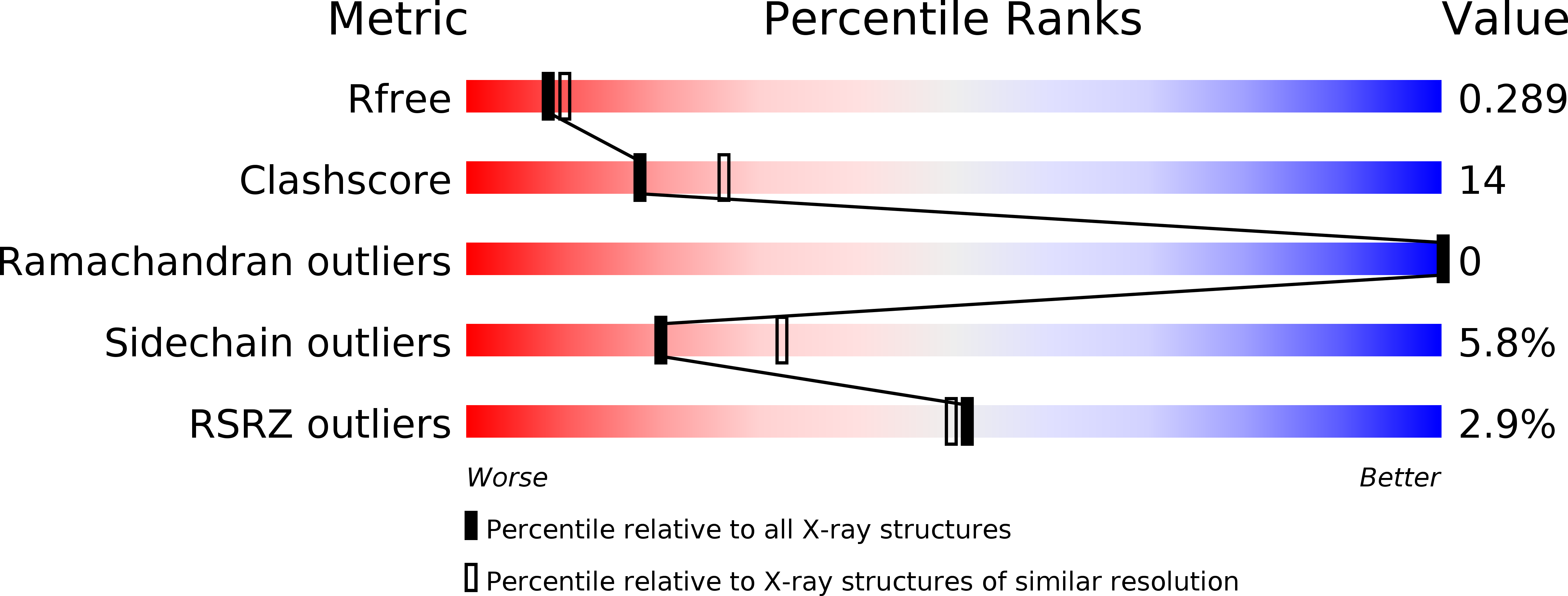
Deposition Date
2008-04-20
Release Date
2009-03-17
Last Version Date
2024-02-21
Entry Detail
PDB ID:
3CVZ
Keywords:
Title:
Structural insights into the molecular organization of the S-layer from Clostridium difficile
Biological Source:
Source Organism:
Clostridium difficile (Taxon ID: 1496)
Host Organism:
Method Details:
Experimental Method:
Resolution:
2.40 Å
R-Value Free:
0.29
R-Value Work:
0.23
R-Value Observed:
0.23
Space Group:
P 64


